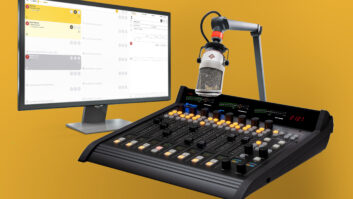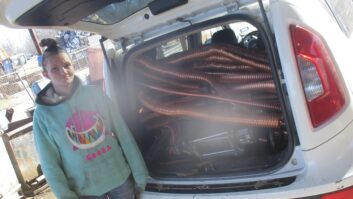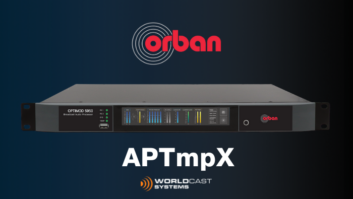
Patchamp offers patching and distribution technology for coaxial, fiber and Ethernet cabling/patching.
Whether you’re working with analog audio or installing AoIP with Cat-5/6 cabling (such as Angry Audio’s StudioHub cables and adaptors), you can simplify cable identification by using Patchamp colored RJ-45 boots. At $5 for a bag of 50, the price is reasonable.
Look for “RJ45 Color Coded Boot 50 pcs.” here.
Testing, testing …
Ron Huckeby is an SBE-certified field engineer for K-Love stations in Montana and Wyoming; he saw our discussion of AES testers back in July.
Ron has a CTP Systems dBbox2 handheld tester, which handles both AES and analog, and he loves it. It runs on a 9V battery but can also be powered using a mini-USB cable and wall-wart power pack. It offers monitoring, metering and generation of stereo analog audio and AES/EBU audio.
According to CTP, their latest version, dBbox 3, includes a more efficient power supply for longer battery life, along with an automatic power-off system. The accuracy of the test timecode generator has been improved, and the cable tester now also tests the XLR earth wire. CTP also updated the MIDI circuitry, added an LED light source and increased the loudspeaker volume.
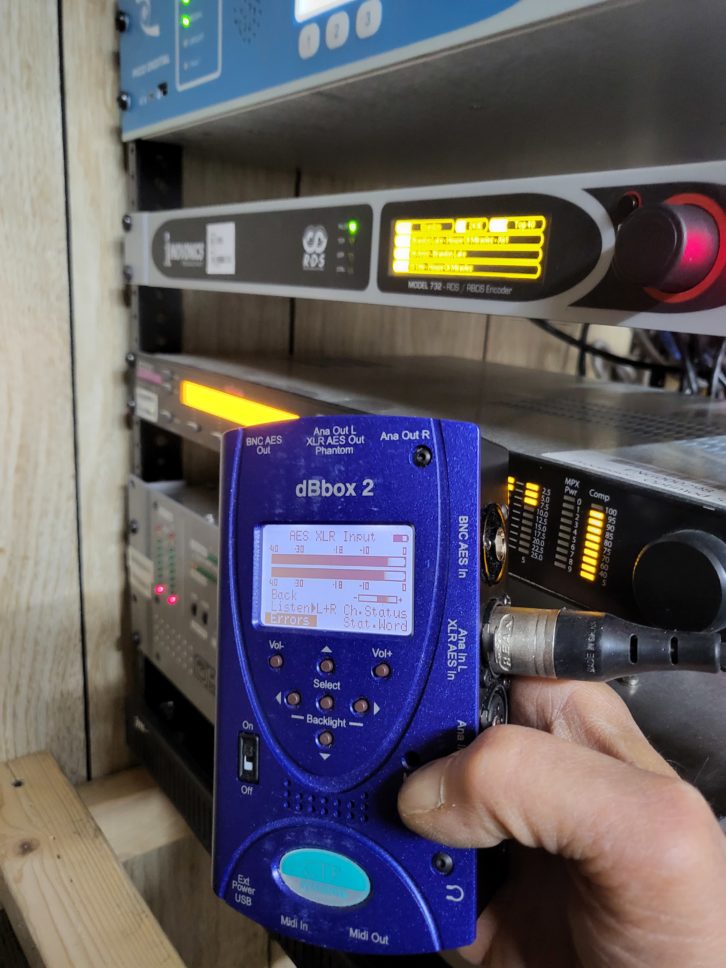
Distributors are listed here. For the U.S., Canada and South America, the CTP dBbox3 is available from SCMS here. When you contact them at (800) 438-6040, let them know you heard about this product from the Workbench column.
Cute as a button battery
H. J. “Jay” Melnick, with Colorado Communications Group in Green Valley, Ariz., points out that a lot of equipment uses “button” batteries these days. He found a value pack assortment of these batteries at Tractor Supply Co.
Usually these are sold in two- or four-packs. This blister pack has 50 batteries in four sizes and costs $8.99. The pack conveniently stores the batteries until needed and lets you monitor the number of batteries left. It’s part #1243980.
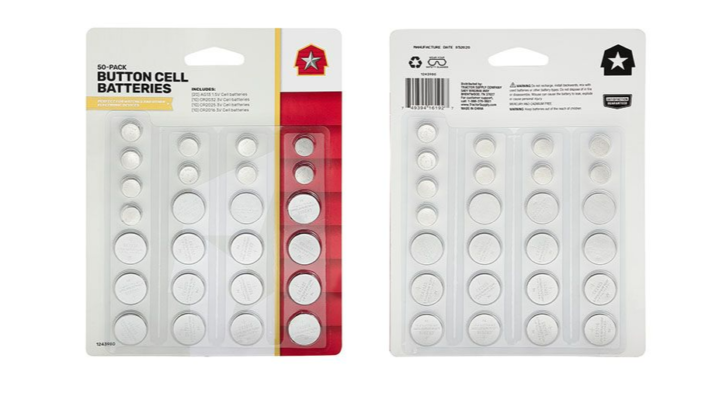
[Read Another Workbench by John Bisset]
Don’t forget
We’ve received some great ideas for our list of things that we “Must Check” when we visit a transmitter site. If you haven’t submitted yours, there’s still time. Email your suggestions to [email protected]. We’ve got some neat prizes for the best ideas.
Talk into this
Dan Slentz is a reliable source of unique web offerings and the $1,595 VO1 Vocal Booth is no exception.
This might be just the ticket when you need to add a voiceover station quickly. The VO1 requires no tools to assemble, it uses a Velcro-brand hook-and-loop fastening system instead.

The VO1 combines studio foam and acoustic felt with non-parallel wall design to avoid boxy-sounding recordings. The booth is constructed of Class A Fire-Rated materials, includes an overhead LED light. Shipping is free in the lower 48.
Learn more at www.vocalbooth.com/vo1. Scroll down the page to the three-minute video. I think you’ll be impressed.
Seriously, don’t touch this switch
I recently had the pleasure of sharing a variety of Workbench tips on the “This Week in Radio Tech (TWiRT)” webcast hosted by my colleague Kirk Harnack. At YouTube search “TWiRT 625.”
Kirk sent in a post about leaving outside LED lights “on” at the transmitter site. Too many times, the lights are accidentally switched off when we leave the building, especially during the day. Broadcast engineer Ray Vaughn offered a simple solution, shown in the final accompanying photo.
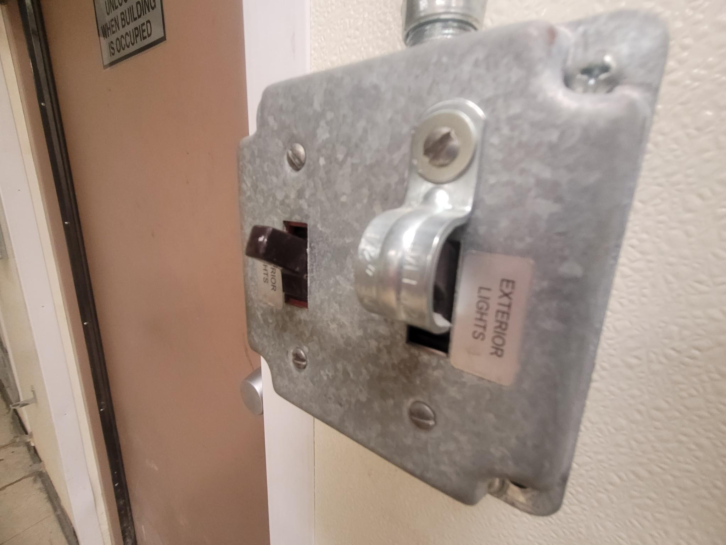
The conduit support screws into the electric box and blocks the switch. The support can be bent up or removed easily with a screwdriver should you need to access the switch.
This solution should never be used to block critical switches or breakers at a transmitter site.
Connect your colleagues to good ideas. Send tips to [email protected].





